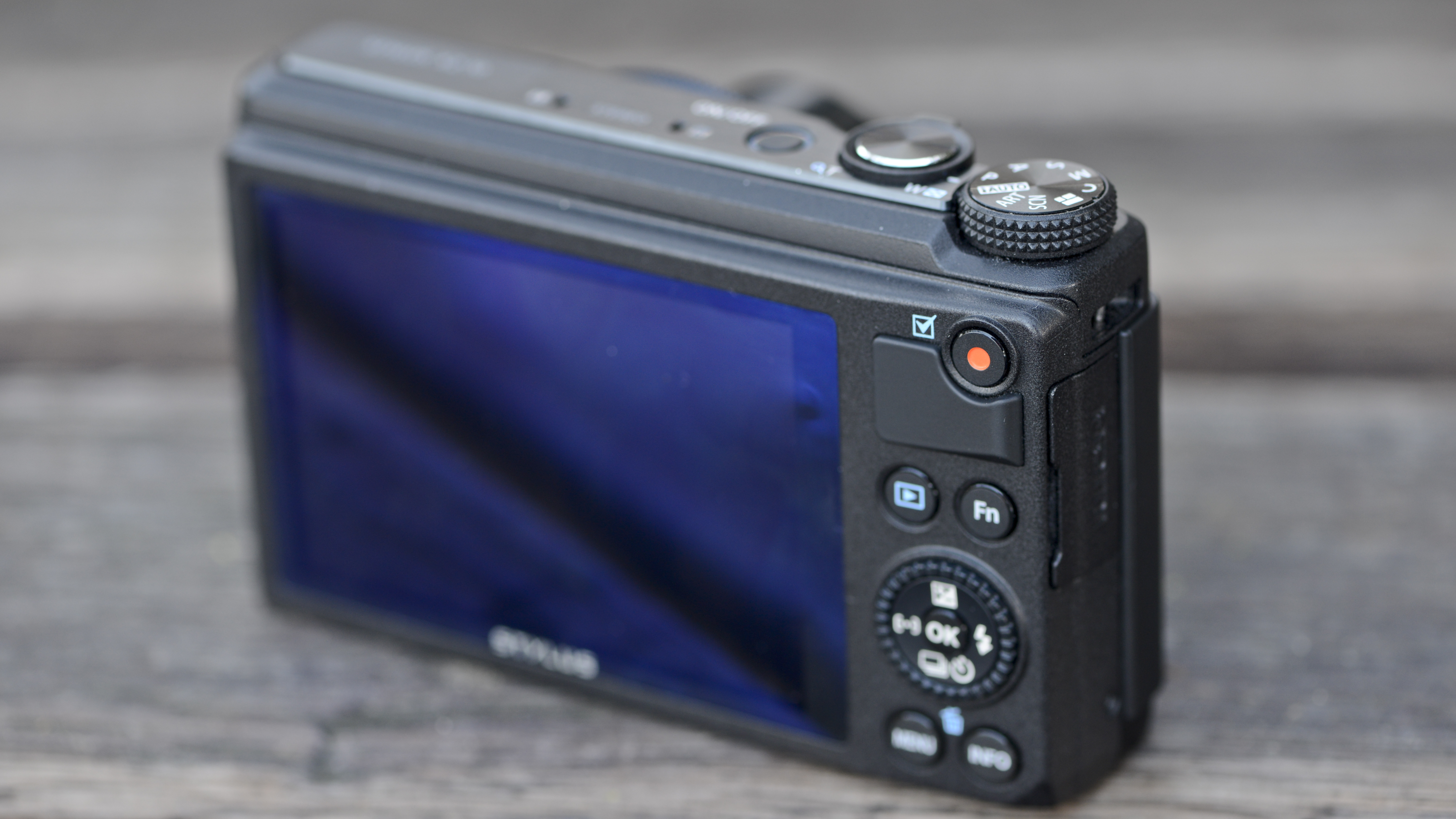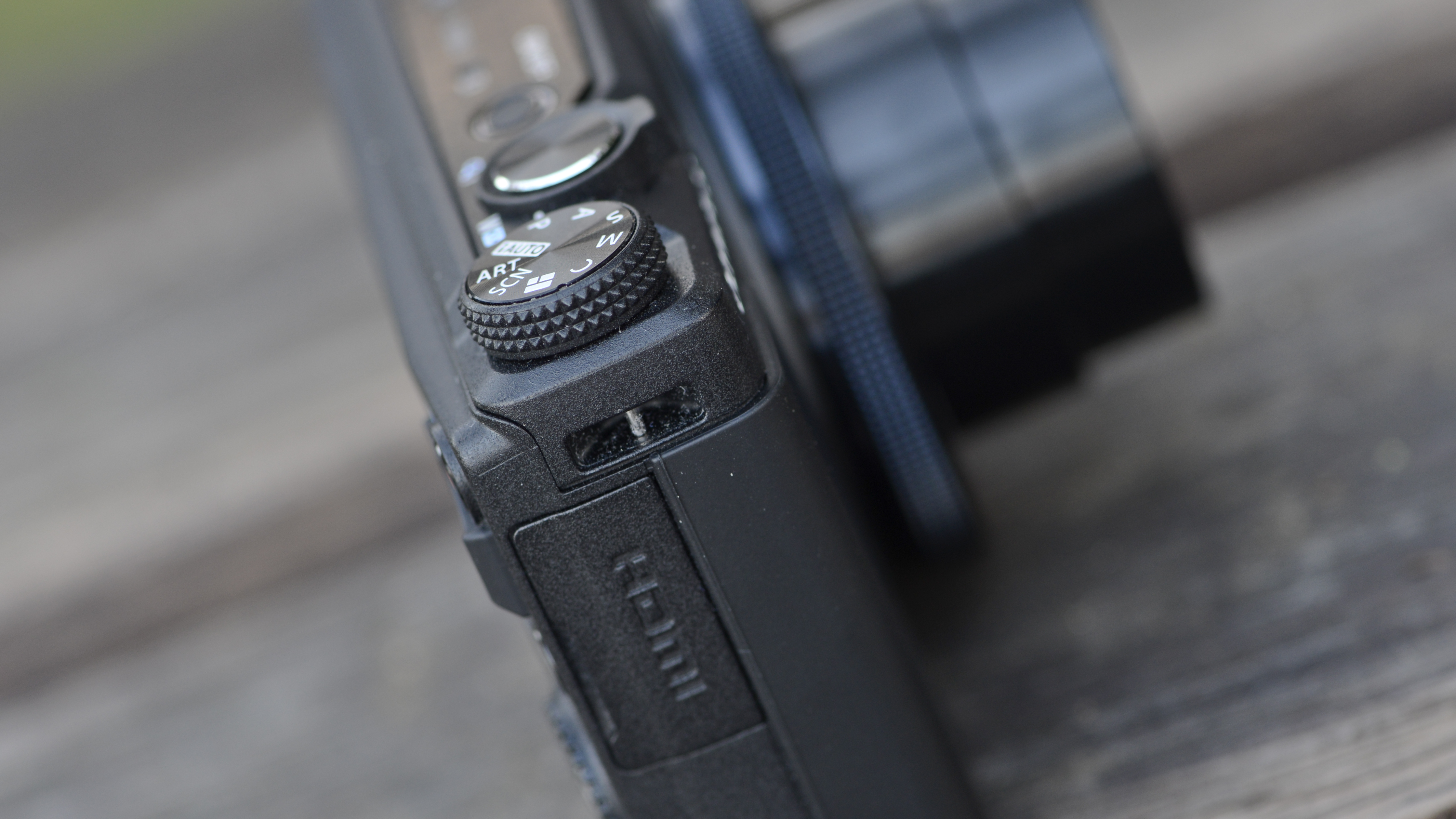Why you can trust TechRadar
Because the Olympus XZ-10's sensor is physically smaller than the Olympus XZ-2's, it would be logical to assume that this will have an impact on performance. That said, we had reasonably high hopes for the camera, because Olympus has consistently proven itself capable of producing high-quality premium compact cameras.
Happily, we've not been disappointed by the overall quality of the images that the Olympus XZ-10 produces. There's lots of fine detail on display, while colours are reproduced vividly without being over the top.
Zooming into 100% reveals some areas of purple fringing in images with high contrast edges. There's also some evidence of image smoothing, although it doesn't start to become particularly noticeable until around ISO 400, increasing in prevalence as you go through the range.

Noise is controlled well throughout the sensitivity range, up to around ISO 1600, where it starts to become problematic as detail is also lost. Images shot at higher ISOs are still useable at printing and usual web sizes, so for the average user it shouldn't be too much of an issue.
All-purpose metering, known as ESP metering on Olympus cameras, does a generally good job of producing accurate exposures, although it can struggle in high-contrast situations. Switching to spot metering is pretty easy, though, and because the screen displays a live view of the resulting exposure, it's fairly easy to get a better exposure when necessary.
Automatic white balance is also a generally good all-round performer, even in situations where there is mixed or artificial lighting. Under some artificial lighting conditions, the camera tended to err towards warmer tones, but switching to a more appropriate white balance setting is quick via the OK menu.

Olympus's range of PEN and OM-D cameras are noted for their autofocusing speeds, and it seems that the company has put some of that knowledge into its compact camera range. The Olympus XZ-10 is capable of very quick focusing, locking on to subjects accurately and comfortably. This is also made quicker in operation by the ability to use the touchscreen to change the autofocus point to the area you desire.
Sign up for breaking news, reviews, opinion, top tech deals, and more.
Macro focusing enables you to get as close as 1cm from the subject and makes for some impressive frame-filling shots. A lot of detail is maintained in this mode, and is useful for subjects such as flowers.
Image stabilisation does a good job of helping to keep images blur free, even while shooting at the far end of the telephoto optic. That said, a 5x optical zoom is not particularly long, and is outdone by the likes of the Nikon P330, with its 10x offering, though it matches the Canon S110's lens.

Although the Olympus XZ-10 has a small sensor, you can still get some creative shallow depth of field effects, thanks to the f/1.8 maximum aperture of its lens. Out of focus areas are rendered well, with some attractive bokeh on display. The drop-off in focus is also smooth and impressive.
Shooting at mid-range apertures, such as f/8, enables us to examine the edge to edge sharpness of the lens. The Olympus XZ-10's offering is pretty good, keeping lots of detail up to the edges of the frame. Zooming in 100% does reveal some softness at the very edges of the frame, but it's not something that is noticeable at normal printing and web sizes.
Processing times are generally very quick, with shot-to-shot time when shooting in normal modes pretty speedy. The camera can slow down when using some art filters, though.

Art filters are something that Olympus has become particularly famed for. On the Olympus XZ-10 there's an impressively wide range to choose from, with many of them also customisable. Some, as you might expect, are better than others. This is down to personal taste, but it's definitely worth experimenting with what's on offer.
Our personal favourites are Cross Process, Dramatic Tone and Pinhole Effect. It's also useful that you can shoot in raw format, meaning that should you decide you'd prefer a clean version of the image down line, you can access that too.
Although not a tilting screen, like the Olympus XZ-2, the Olympus XZ-10's display is still high resolution and provides a good angle of view, which is helpful when shooting from slightly awkward angles. It also doesn't suffer too badly from glare or reflections, except in the very brightest of sunlight.
Current page: Performance
Prev Page Build quality and handling Next Page Image quality and resolution
Amy has been writing about cameras, photography and associated tech since 2009. Amy was once part of the photography testing team for Future Publishing working across TechRadar, Digital Camera, PhotoPlus, N Photo and Photography Week. For her photography, she has won awards and has been exhibited. She often partakes in unusual projects - including one intense year where she used a different camera every single day. Amy is currently the Features Editor at Amateur Photographer magazine, and in her increasingly little spare time works across a number of high-profile publications including Wired, Stuff, Digital Camera World, Expert Reviews, and just a little off-tangent, PetsRadar.
